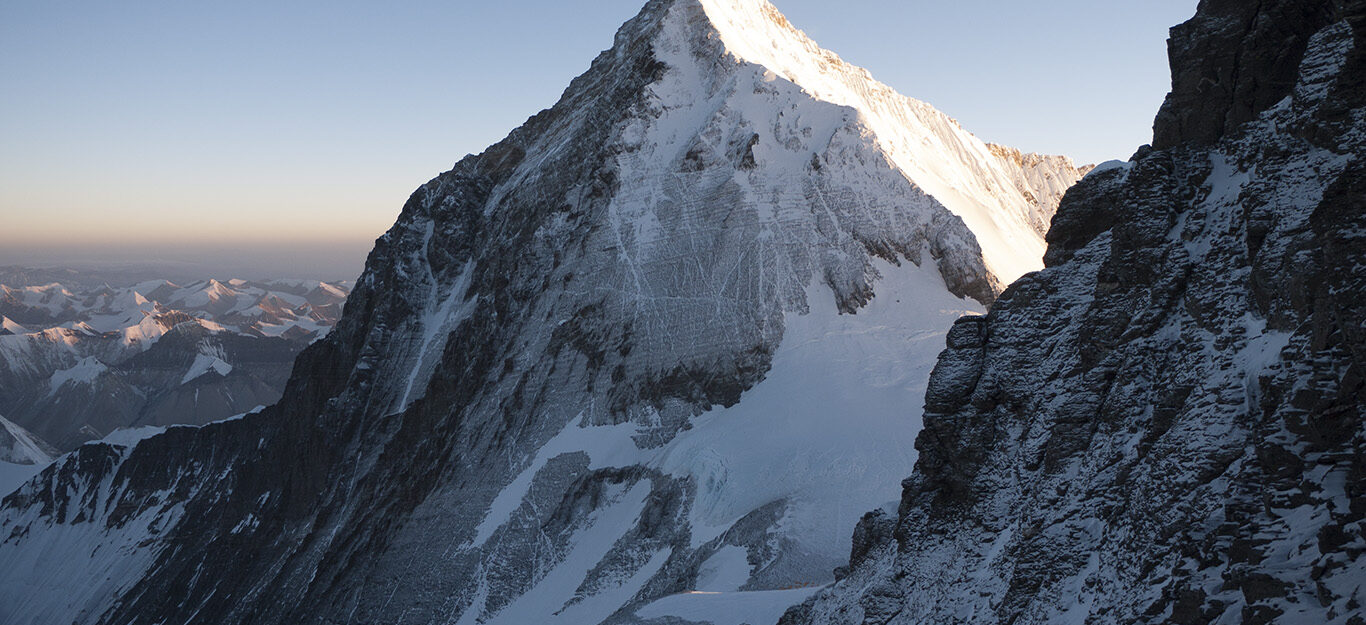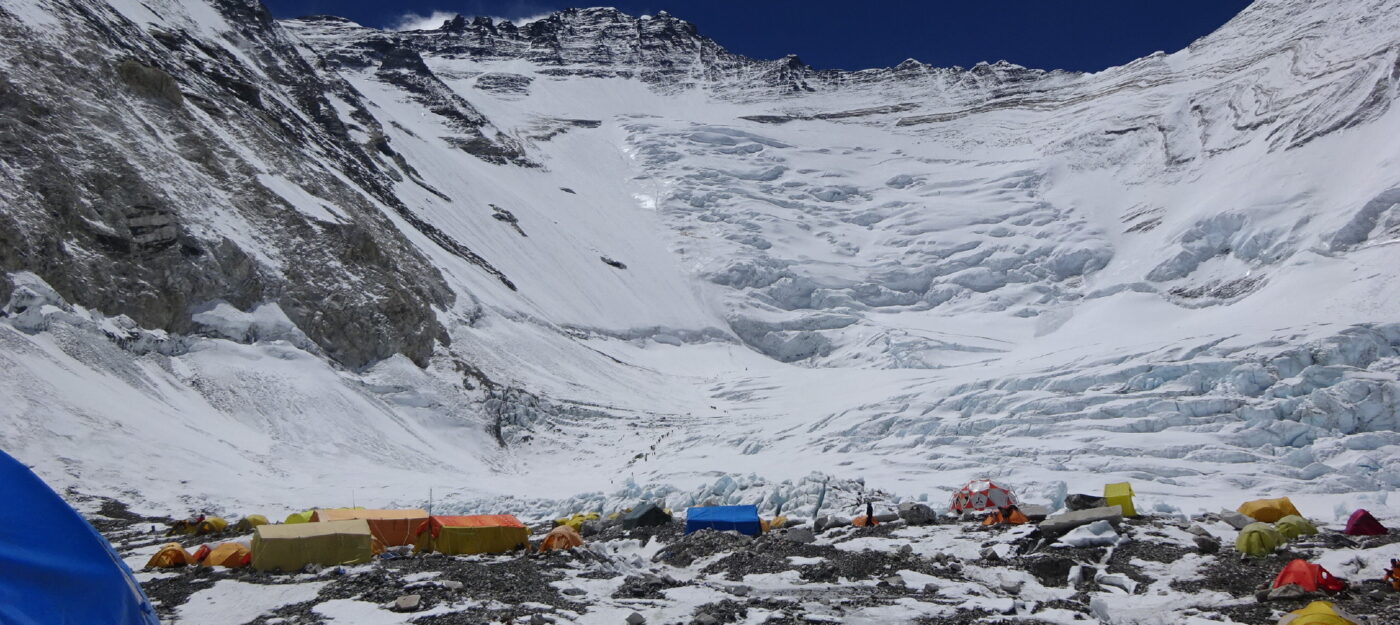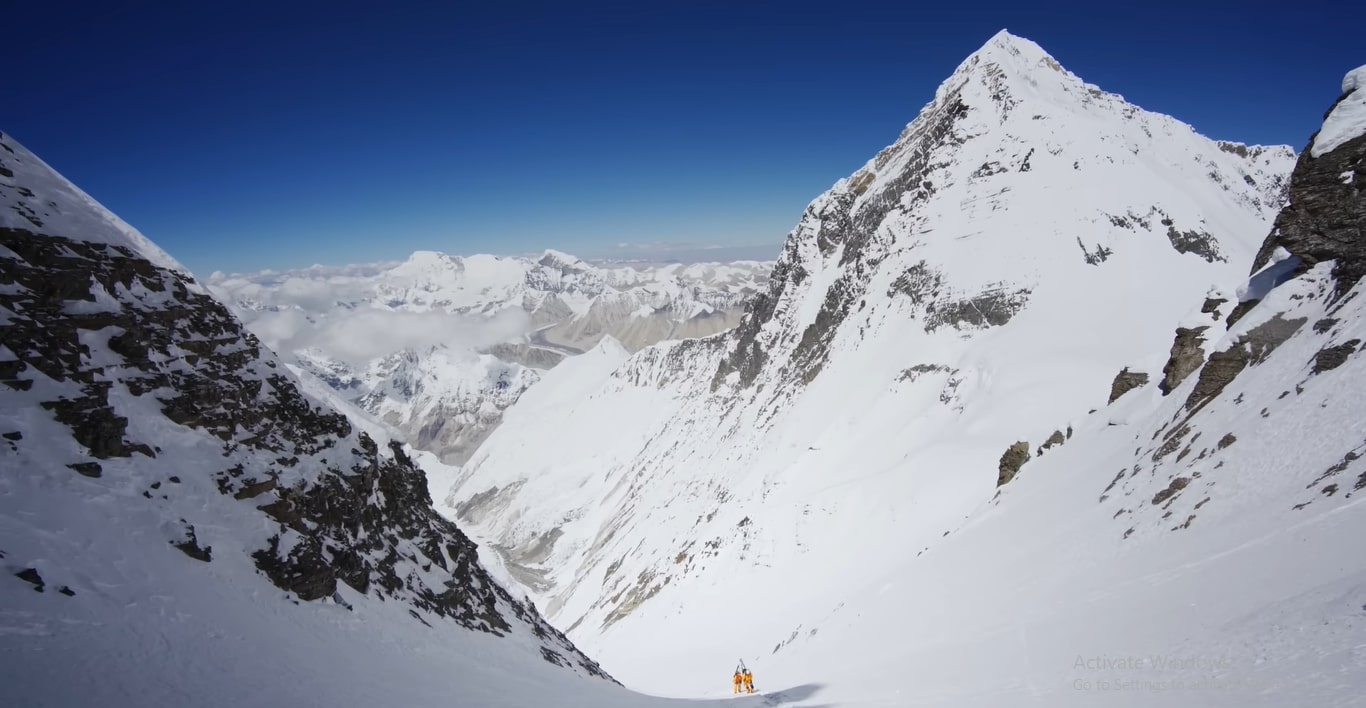
A Complete Guide to Climbing Lhotse Expedition
To begin with, the guide covers the essential details about the mountain, including its geography, weather, and climbing history. Additionally, the guide provides climbers with a comprehensive itinerary, which outlines the day-to-day plan for ascending and descending the mountain. Furthermore, the guide includes expert advice and tips on training, equipment, and acclimatization, which are critical for a successful climb. Overall, The Lhotse Expedition is an indispensable resource for any climber aspiring to summit this majestic peak.
Firstly, climbers must navigate treacherous terrain, establish higher camps, and be in excellent physical shape to handle the high altitude. However, with proper preparation and support, this challenging journey can be a life-changing experience.
In this blog, we will take a closer look at what it takes to climb Mt. Lhotse. Specifically, from the challenges faced by high-altitude climbers to the role played by climbing Sherpas, we will cover everything you need to know about this awe-inspiring mountain.
Preparing for the Expedition
Before embarking on the climb, the expedition members spend weeks preparing themselves both physically and mentally. The climbers need to be in peak physical condition to cope with the high altitude and extreme weather conditions that they will face on the mountain.
The expedition members also need to be mentally strong to deal with the stress and anxiety that comes with climbing at such high altitudes. It is not uncommon for climbers to experience altitude sickness, which can cause headaches, nausea, and fatigue.
To combat these symptoms, climbers carry medical kits that include oxygen tanks, medication, and other supplies that can help alleviate the symptoms.
Namche Bazaar – The Gateway to Mt. Lhotse
The journey to Mt. Lhotse begins at Namche Bazaar, a small town in the Khumbu region of Nepal. Namche Bazaar is the last place where climbers can stock up on supplies and rest before beginning the climb.
The town is located at an altitude of 3,440 meters, and climbers spend a few days acclimatizing to the high altitude before continuing the climb.
From Namche Bazaar, climbers follow the same route as those climbing Mt. Everest. The route takes them through the Khumbu Icefall, which is one of the most dangerous parts of the climb.
The Khumbu Icefall – A Treacherous Path to Mt. Lhotse
The Khumbu Icefall is a glacier that stretches from the Western Cwm to the base of the South Col. The icefall is one of the most dangerous parts of the climb, and climbers need to be extremely careful while navigating through it.
Given that the icefall is constantly moving, and the ice blocks can shift at any time, it is a treacherous path to traverse.
Nevertheless, to cross this section of the climb, climbers rely on various tools, including ladders, ropes, and fixed lines. In addition to these tools, the climbers heavily depend on the expertise of the climbing Sherpas.
As a result of their experience and knowledge, the Sherpas have an excellent understanding of the terrain and the challenges posed by the icefall. Therefore, they take charge of setting up the ropes and ladders and guide the expedition members safely through the treacherous terrain.
Additionally, the Sherpas provide critical support to the climbers by carrying heavy loads, setting up camps, and preparing meals, among other tasks. Ultimately, the Sherpas are an integral part of any Everest expedition, and their contribution cannot be overstated.
Higher Camps – The Key to Acclimatization
After crossing the Khumbu Icefall, the climbers reach the first of the higher camps. There are four higher camps on the route to Mt. Lhotse, and climbers spend a few days acclimatizing at each camp before moving on to the next one.
Acclimatization is crucial when climbing at high altitudes. The human body needs time to adjust to the low oxygen levels, and climbers need to spend several days at each camp to acclimatize properly.
At each camp, climbers also have to face extreme weather conditions, including strong winds, snow, and low temperatures.

Climbing Sherpas – The Backbone of the Expedition
Due to their extensive experience in the mountains, Sherpas are essential for the success of any high-altitude expedition. They take charge of setting up the camps, carrying supplies, and guiding the expedition members through the treacherous terrain. Furthermore, Sherpas are an indigenous group of people from the Himalayan region who have lived in the area for centuries.
This long-standing relationship with the mountains has given them an intimate knowledge of the terrain and the weather conditions. Therefore, they are expert climbers who can navigate through the mountain with ease.
Moreover, Sherpas are the backbone of the expedition, and their contribution is vital for the success of the climb. They take charge of carrying the supplies, including food, water, and oxygen tanks, to the higher camps.
Additionally, they ensure that the climbers are well-fed, hydrated, and acclimatized to the altitude. In essence, without the Sherpas, the success of a high-altitude expedition would be nearly impossible. They also set up tents and prepared meals for the expedition members.
High Camps – The Final Push to the Summit
After spending several days at the higher camps, the expedition members reach the final high camp. The high camp is located at an altitude of around 7,950 meters and is the last stop before the summit push. At the high camp, climbers rest and prepare for the final push to the summit.
As climbers approach the final stretch of their journey, they are faced with the most challenging part of the climb. This involves navigating through extreme weather conditions, including high winds and low temperatures. Despite these difficulties, climbers must push themselves to reach the summit.
To make the ascent, they must navigate through a steep climb from the high camp to the summit. This involves using their ice axes and crampons to navigate through the rocky terrain. Nonetheless, with perseverance and determination, climbers can overcome these challenges and reach the summit of the mountain.
The South Col – The Gateway to the Summit
The South Col is a saddle located between Mt. Lhotse and Mt. Everest. It is the gateway to the summit of both mountains and is located at an altitude of around 7,900 meters. Climbers have to cross the South Col to reach the summit of Mt. Lhotse.
The South Col is a challenging part of the climb, and climbers have to use their ice axes and crampons to navigate through the steep terrain. The weather conditions at the South Col can be extreme, with high winds and low temperatures.
Climbing Mt. Lhotse Shar – The Ultimate Challenge
Lhotse Shar is a subsidiary peak of Mt. Similarly, it is located to the east of the main peak. Climbing Mt. Lhotse Shar is considered the ultimate challenge for high-altitude climbers. The peak stands at an impressive 8,400 meters and is one of the most challenging climbs in the Himalayas.
Climbing Mt. Lhotse Shar requires technical expertise and a high level of physical fitness. The climb is steep and requires climbers to use their ice axes and crampons to navigate through the rocky terrain.
Climbers also have to deal with extreme weather conditions, including high winds and low temperatures.

What will you come across in the Lhotse expedition?
During the Lhotse expedition, climbers will come across a variety of challenging obstacles and conditions. Here are some of the things that climbers can expect to encounter:
High Altitude
Climbers will be operating at extremely high altitudes, which can lead to a variety of physical and mental challenges. Altitude sickness, dehydration, and fatigue are common issues that climbers may face.
Khumbu Icefall
The Khumbu Icefall is a treacherous section of the climb that involves navigating through a maze of ice formations, including towering seracs and deep crevasses.
Climbing Sherpas
Climbers will work closely with a team of Sherpas who will be responsible for carrying supplies and guiding them through the terrain. The Sherpas are essential to the success of the expedition and will play a crucial role in keeping the climbers safe.
High Camps
Climbers will spend several days at high camps, located at altitudes above 7,000 meters. These camps are essential for acclimatization and for providing a base for the final push to the summit.
South Col
The South Col is a challenging section of the climb that involves crossing a saddle between Mt. Lhotse and Mt. Everest. Climbers will have to navigate through steep terrain and deal with extreme weather conditions.
Climbing Route
Climbers will follow a well-established climbing route that has been used for decades. However, the route can change due to weather conditions or other factors, and climbers must be prepared to adapt to any changes.
Medical Kits
Climbers will carry medical kits that contain essential supplies for treating injuries and illnesses. However, medical facilities are limited at high altitudes, and climbers must be prepared to deal with medical issues on their own.
Climbing Period
Climbers will typically spend several weeks on the mountain, acclimatizing and preparing for the final push to the summit. The climbing period can be physically and mentally exhausting, and climbers must be prepared for long periods of time in a challenging environment.
Overall, the Lhotse expedition is a challenging and rewarding experience that requires climbers to be physically fit, mentally prepared, and ready to face a variety of obstacles and conditions.
FAQs
Here are five frequently asked questions (FAQs) about the Lhotse expedition:
1. What is the Lhotse expedition?
The Lhotse expedition is a mountaineering expedition to climb Mount Lhotse, the fourth-highest mountain in the world. The expedition is typically undertaken by experienced climbers who have already submitted to other high peaks and are looking for a new challenge.
2. How long does the expedition take?
The expedition typically takes around 6-8 weeks, depending on weather conditions and the pace of the climbers. This includes time for acclimatization and establishing higher camps, as well as the final push to the summit.
3. What is the climbing route for Lhotse?
The climbing route for Lhotse shares much of the same terrain as the route for Mount Everest, as the two mountains are located in close proximity. Climbers typically start at the base of the Khumbu Icefall, then proceed through the Western Cwm to reach the South Col. From there, climbers ascend to Lhotse Camp 4, then make a final push to the summit.
4. What kind of equipment do I need for the expedition?
Climbers will need a range of specialized mountaineering equipment for the Lhotse expedition, including high-altitude tents, sleeping bags, down jackets, and insulated boots. Climbers will also need ice axes, crampons, and ropes for navigating the steep terrain.
It is important to work with an experienced outfitter who can provide guidance on the specific equipment needed for the expedition.
5. What kind of physical fitness is required for the expedition?
The Lhotse expedition is a demanding physical challenge that requires climbers to be in excellent physical shape. Climbers should be prepared to engage in regular cardiovascular exercise, strength training, and endurance training in the months leading up to the expedition.
It is also important to work with a qualified mountaineering trainer who can provide guidance on preparing for the specific challenges of the Lhotse expedition.
Conclusion
Undoubtedly, climbing Mt. Lhotse is both a challenging and rewarding experience. This adventure requires immense physical strength, mental fortitude, and technical expertise. As climbers traverse through some of the most treacherous terrains in the world, they face numerous obstacles, including the Khumbu Icefall and the South Col.
However, with the help of experienced climbing Sherpas, who play a critical role in the success of the expedition, climbers can overcome these obstacles. The Sherpas are responsible for carrying the supplies and guiding the expedition members through the treacherous terrain.
With their guidance and expertise, climbers can successfully reach the summit and enjoy the breathtaking views that await them.
Climbing Mt. Lhotse is not for the faint of heart, but for those who are up to the challenge, it is an experience of a lifetime. The climb is a test of physical and mental strength and is a reminder of the awe-inspiring power of nature.
Inquiry
If you want to know anything regarding the trip or any other issue, please feel free to ask us
